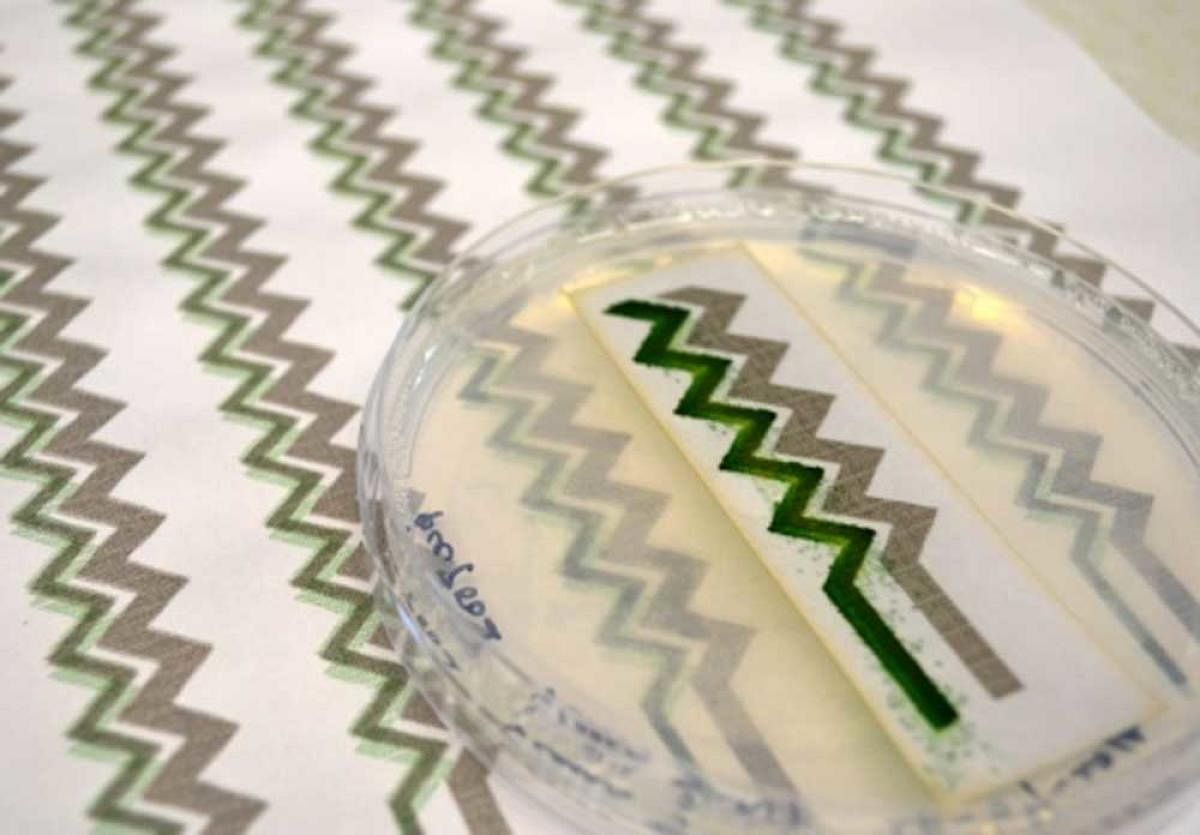
Scientists have printed circuits using cyanobacteria - microbes that can turn light into energy - to create solar cells using a simple inkjet printer.
Unlike conventional solar cells that operate only when exposed to light, cyanobacteria can generate an electric current both in the dark and in the light.
The cell may serve as an environment-friendly power supply for low-power biosensors and can even be scaled up to print a bioenergy wallpaper.
"Our biophotovoltaic device is biodegradable and in the future could serve as a disposable solar panel and battery that can decompose in our composts or gardens," Marin Sawa from Imperial College London told 'Phys.org'.
"Cheap, accessible, environmentally friendly, biodegradable batteries without any heavy metals and plastics - this is what we and our environment really need but don't have just yet, and our work has shown that it is possible to have that," said Sawa.
Biophotovoltaic cells contain some type of cyanobacteria or algae that is phototrophic, meaning it converts light into energy.
Currently one of the biggest challenges facing biophotovoltaic cells is producing them on a large scale.
Typically, the organisms are deposited onto an electrode surface from a bulky liquid reservoir.
In the new study, researchers showed that inkjet printing can be used to print both the carbon nanotube electrode surface and the cyanobacteria on top of it while allowing the bacteria to remain fully viable.
Researchers showed that nine connected cells can power a digital clock or generate flashes of light from an LED, illustrating the ability to produce short bursts of relatively high power.
The researchers also showed that the cells can generate a continuous power output over the course of a 100-hour period consisting of light and dark cycles.